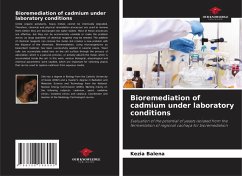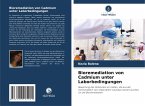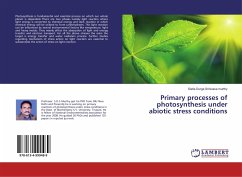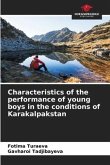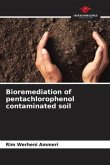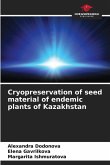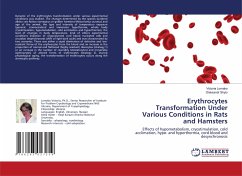Unlike organic pollutants, heavy metals cannot be chemically degraded. Therefore, chemical and physical remediation processes are used to remove them before they are discharged into water bodies. Most of these processes are effective, but they can be economically unviable or make the problem worse, as large quantities of chemical reagents may be needed. The addition of chemical reagents can remove the metal, but creates a new problem with the disposal of the chemicals. Bioremediation, using microorganisms as biosorbent material, has been successfully applied in several cases. Yeast cells can accumulate metal ions on the cell surface through the process of adsorption, which is a passive process, or actively absorb the metal, which is accumulated inside the cell. In this work, various biological, physiological and chemical parameters were studied, which are important for selecting yeasts that can be used to capture cadmium from aqueous media.
